(513 products available)






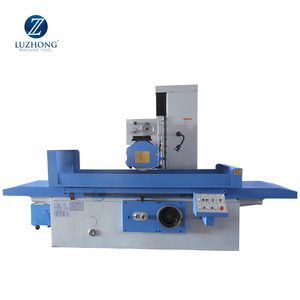


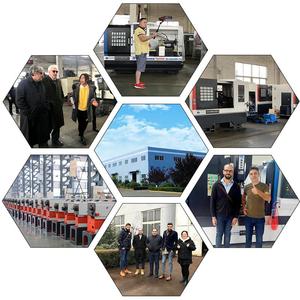



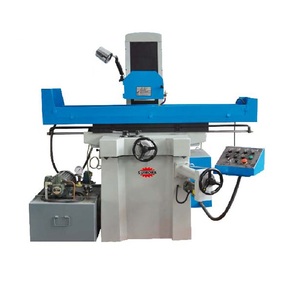
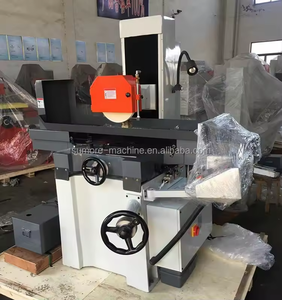

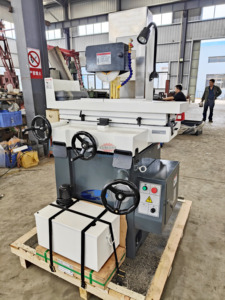




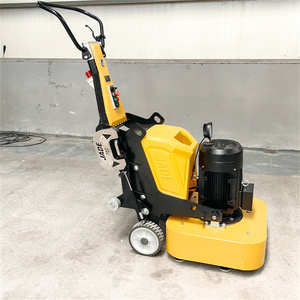









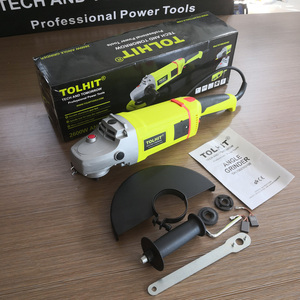

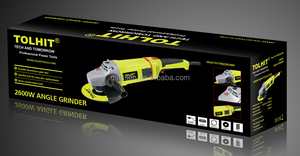
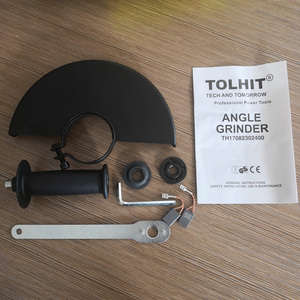






































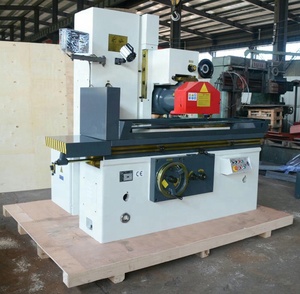



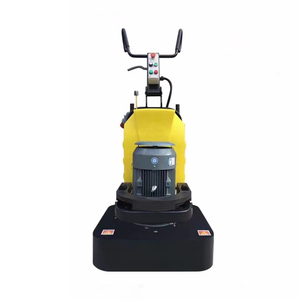



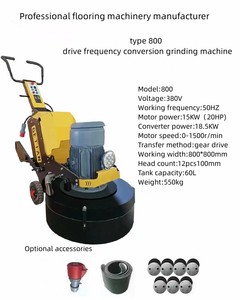
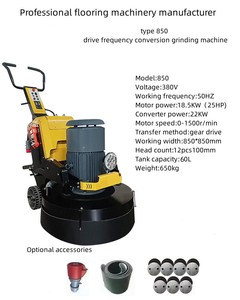




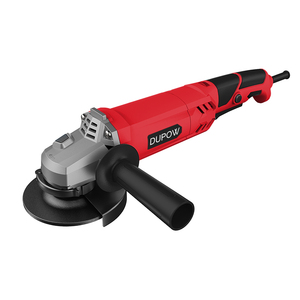

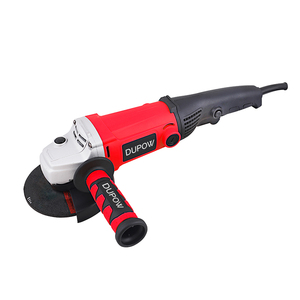

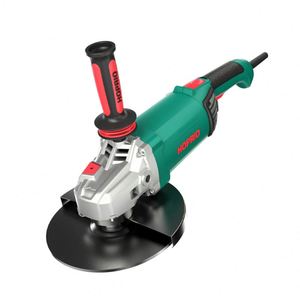

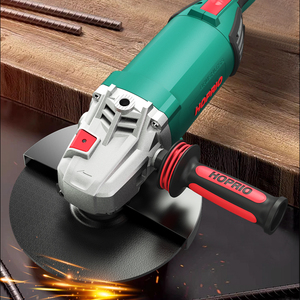





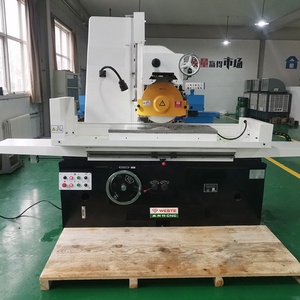



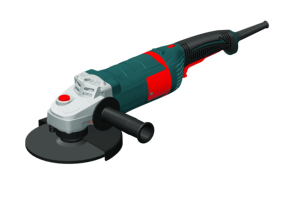
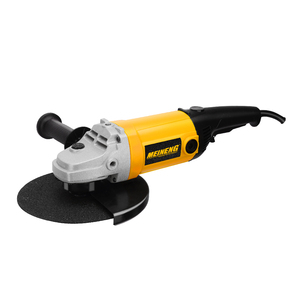

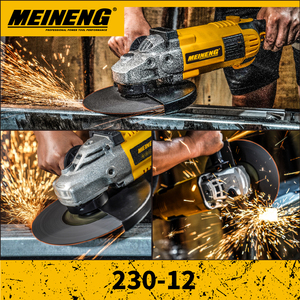





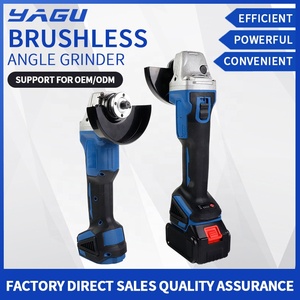






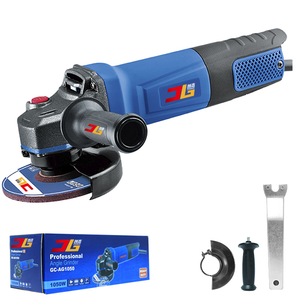













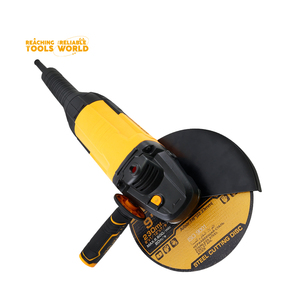
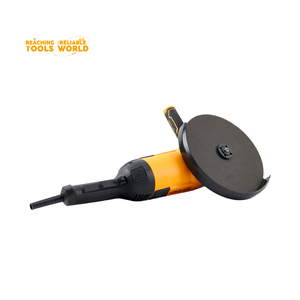















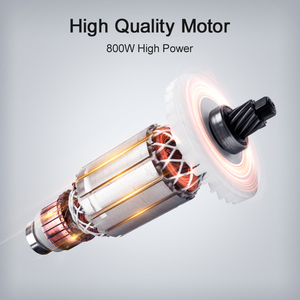



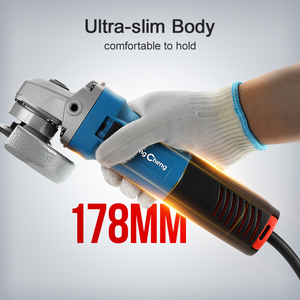



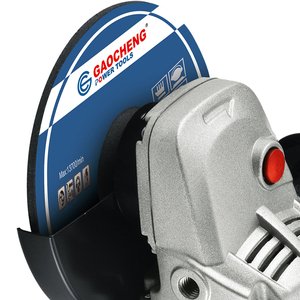


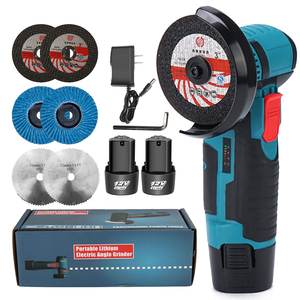
















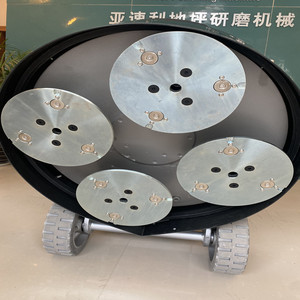


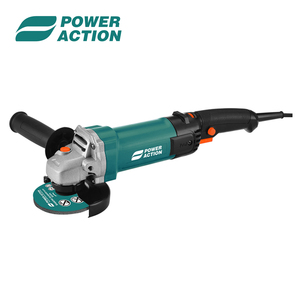
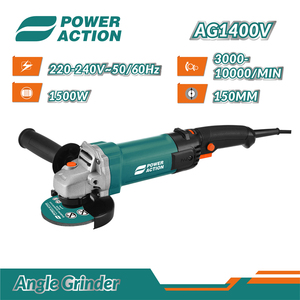

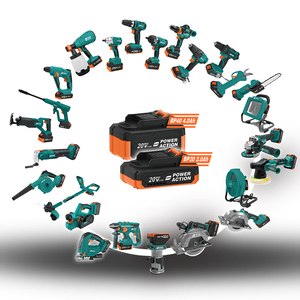































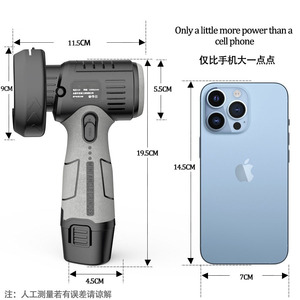



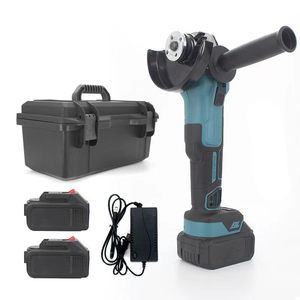



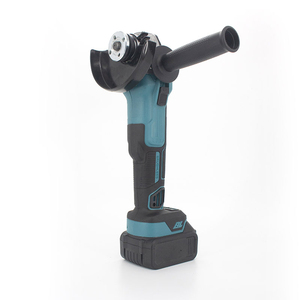


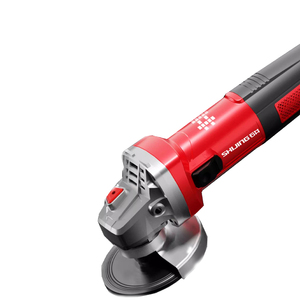











There are many kinds of surface grinders, big and small. A big surface grinder usually refers to the machine's grinding capacity and table size. All big surface grinders have a similar construction, consisting of tables, columns, motors, wheels, and other vital parts. Big grinders also include the same types of grinders as their smaller counterparts. Here are some of them:
Taking care of the big surface grinding machine is crucial for its performance over the years. Routine checks need to be done to spot any signs of surface grinder machine parts wearing out or malfunctioning. Lubricate all moving parts regularly to keep them functioning well. The surfaces that grind need to be kept sharp at all times. Schedule sharpening and replacement of grinding tools often to maintain consistent surface finishes on workpieces. Clean the entire grinding machine thoroughly after each session. Remove all debris build-up and coolant residue to prevent corrosion. Big surface grinders have many delicate metal components that should always be kept dry. Train staff on proper handling techniques during maintenance procedures. Only allow trained technicians to carry out complex repairs on electric surface grinders. Make sure they use the manufacturer's manuals and guidance. Following recommended maintenance practices can help prolong tool lifetimes and improve overall grinding efficiency.
This table summarizes some key parts of large surface grinders along with their appropriate maintenance routines:
Users may devise their own customized routine maintenance plans depending on their specific operating conditions, which may also require an adjustment.
The primary application of the big metal surface grinding machine is to grind workpieces with different surfaces. But their applications spread far and wide across different types of industries.
Determine application needs:
Before buying a surface grinding machine, customers should examine the type of work they will be doing to determine their application needs. One should consider the materials they will be working with, the sizes and shapes of the materials, the level of precision required, and the production volume. Customers will need to find a surface grinder that meets their application's needs based on the surface grinding machine's capabilities and specifications.
Assess available floor space:
Surface grinding machines come in different sizes, so it is essential to consider the available floor space in one production area. Remember that some surface grinders may require additional space for material loading and unloading, as well as operator comfort. If one has limited floor space, one can consider investing in an automatic surface grinder that is more compact or a horizontal surface grinder machine.
Evaluate machine capacity:
When choosing a surface grinding machine, customers should consider its machine capacity, such as its maximum grinding capacity and spindle power. The machine's maximum grinding capacity must be within the range of the material customer will handle. Customers should select a surface grinder with sufficient spindle power to handle their grinding application, which may depend on the material's hardness and the desired processing efficiency.
Consider automation options:
If one is running in a production setting or high-volume grinding application, think about the floor space before choosing a surface grinder with automation options like automatic surface grinders or semi-automatic surface grinders. Such options can improve one's productivity by reducing the operator's involvement during the grinding process. Consider the different automation systems available, such as CNC control or hydraulic feeding mechanisms, and select a machine that meets one's specific production requirements.
Q1: What materials can be ground with a big surface grinder?
A1: Generally, metals like cast iron, aluminum, brass, carbon steel, etc., are surface ground using grinder machines. The grinding wheels are chosen based on the material and the machine.
Q2: What is the trend of the surface grinding machine market?
A2: The surface grinding machine market is expected to see steady growth in the years to come as developments in automation and artificial intelligence are changing the surfaces grinding machines industry. The demand for high-precision, efficient, and versatile surface grinders continues to increase. Manufacturers are now focusing on developing machines that produce a flawless finish with minimum roughness on surfaces. The integration of smart technologies like surface grinders machine with CNC control systems, AI-driven optimization algorithms, and automated functions is reshaping the landscape of grinding machinery. These innovations enhance precision, streamline workflows, and improve overall productivity. The shift toward environmentally friendly practices is also influencing the surface grinder machine market. Surface grinders consume enormous electricity. The amount of waste produced is enormous. Manufacturers are now focusing on energy-efficient surfaces grinders machines that produce less waste. Growth industries like automotive, aerospace, and electronics are fueling the demand for surface grinders of varying types and specifications. Surface grinding machines are now being manufactured with features that assist in fine-tuning the grinding process. For instance, some machines have variable speed controls that let the user change the speed according to the requirement. Another feature is the dust collection system that prevents any kind of dust contamination. This ensures that the product is of the highest quality.
Q3: Are big surface grinders dangerous?
A3: Surface grinding machines are dangerous if proper safety measures are not taken. Parts of the machine that are moving are hazardous. Protective gear is a must when operating the machine. Locks are another necessary safety precaution. During maintenance and servicing, locking the power supply is crucial so that the machine does not accidentally start to grind. Another important safety measure is to not bypass any safety guards that are provided on the grinder machine. These safety guards are there to protect the user. The manufacturer's manual must be studied before using the machine and before carrying out any necessary repairs.